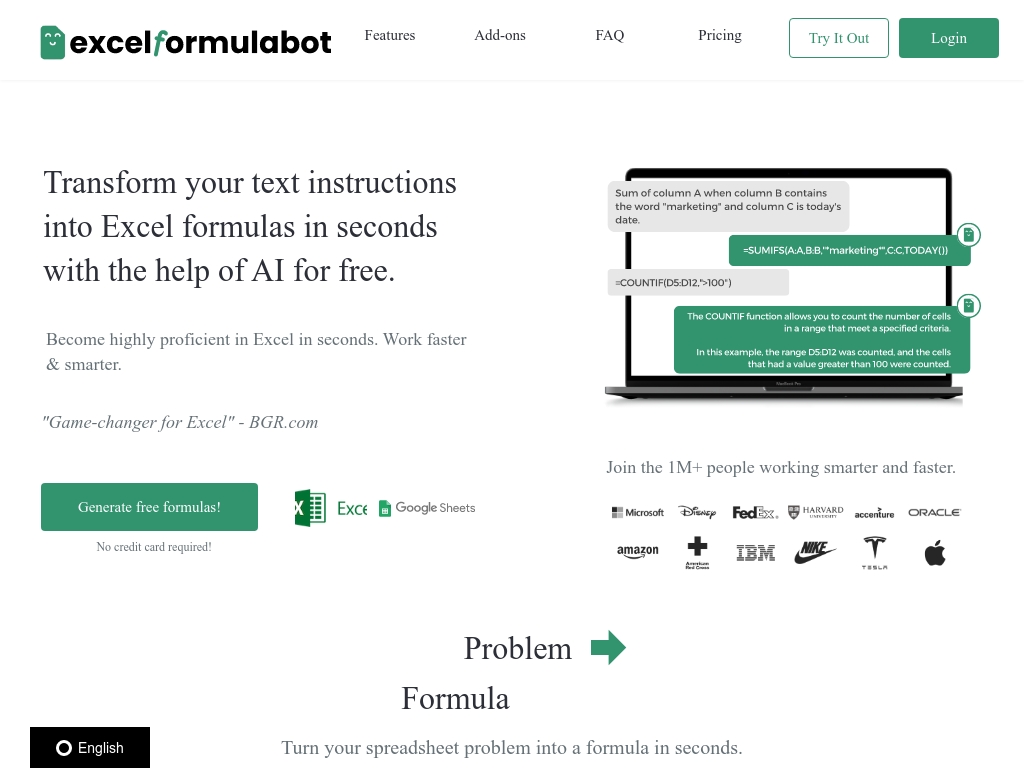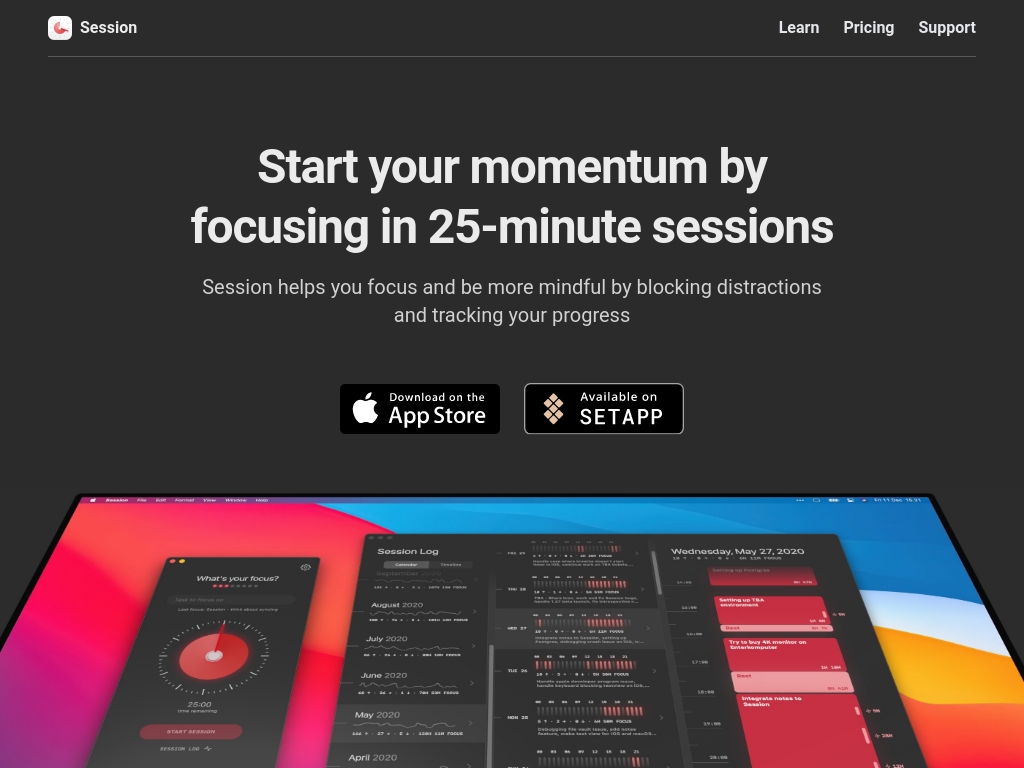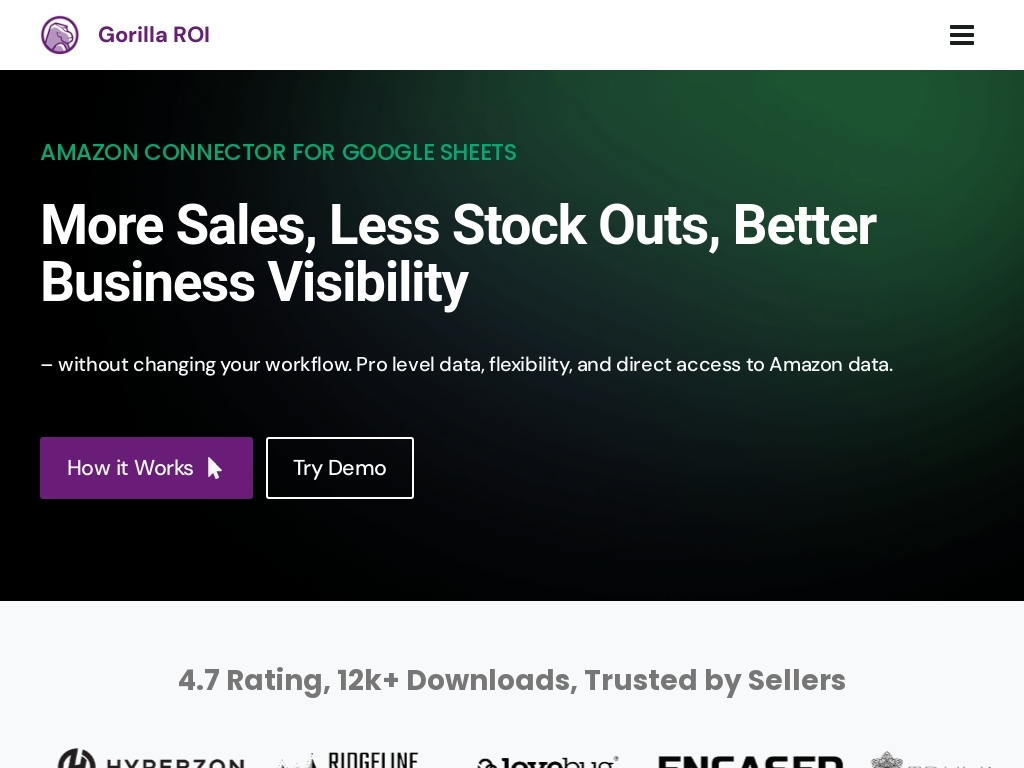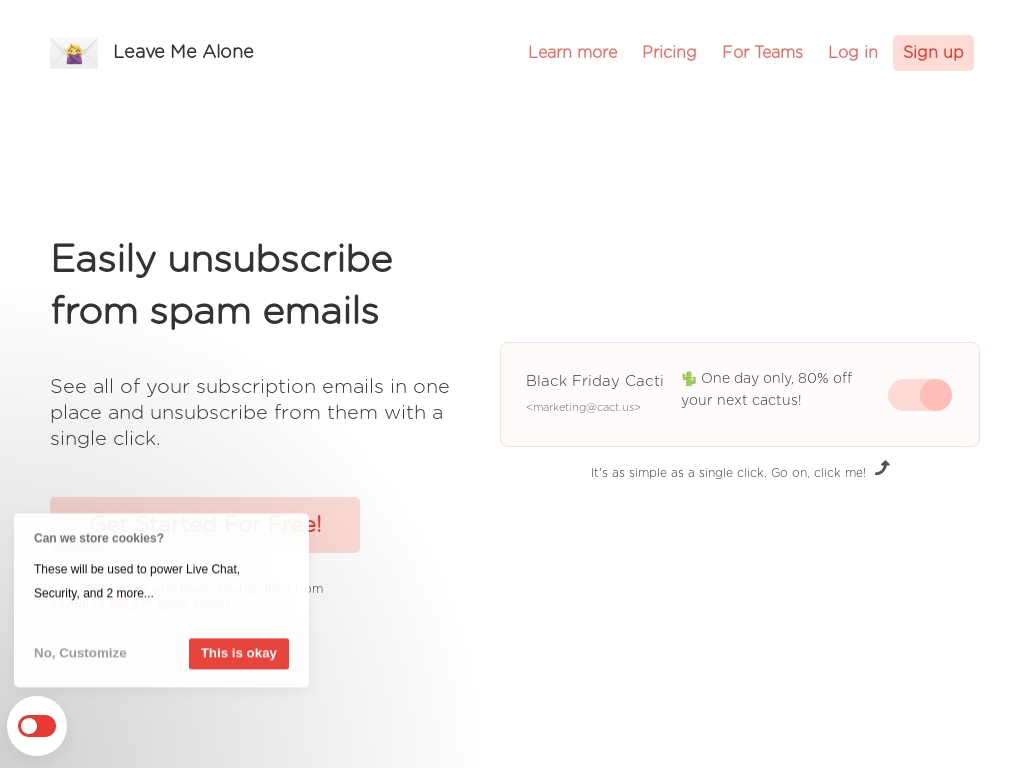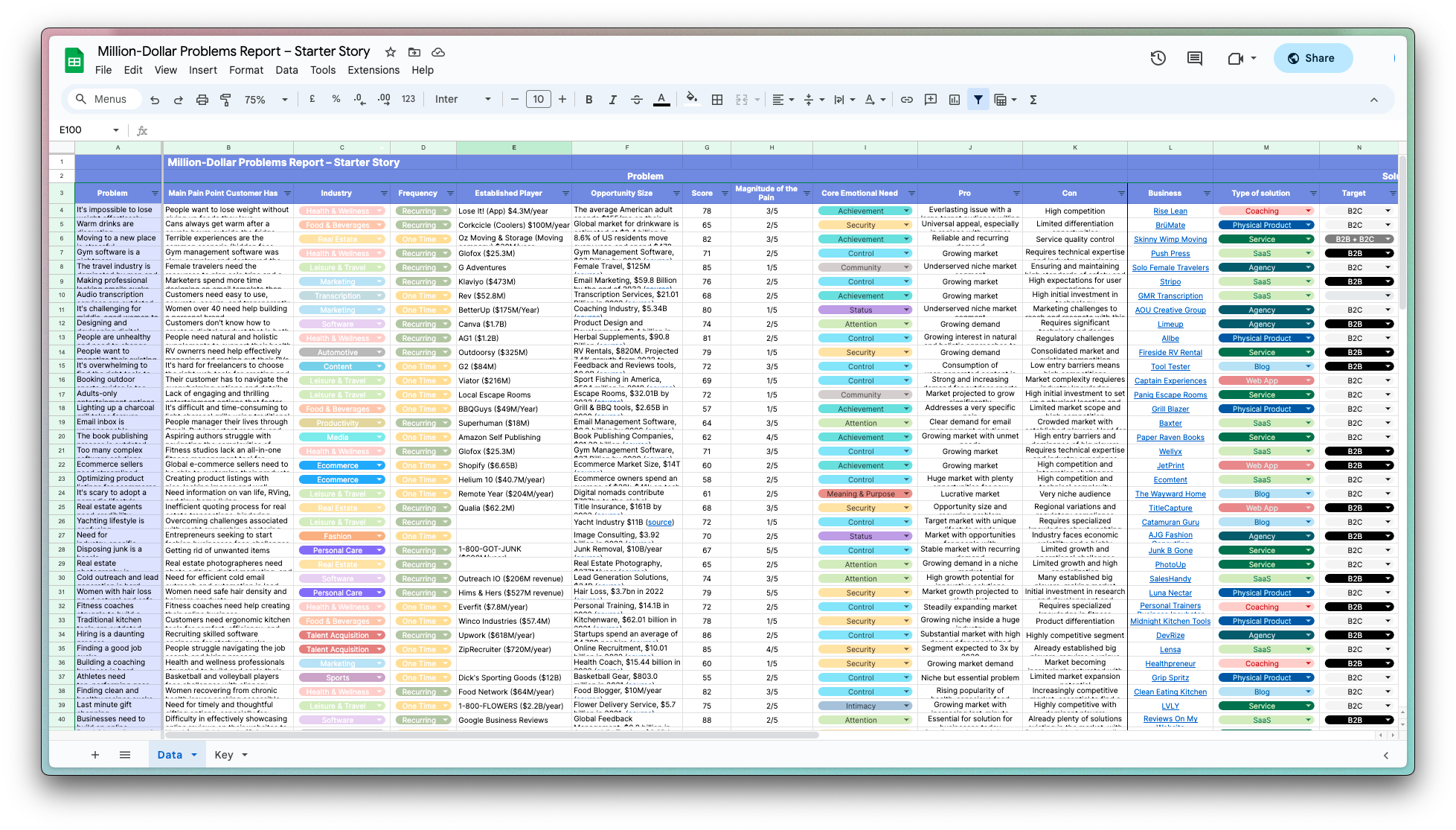
How Chris Raroque Built Ellie Planner to 500 Daily Users Solo
Who is Chris Raroque?
Chris Raroque is a 26-year-old solo app developer from Dallas, Texas, who creates productivity apps and shares his experiences on YouTube and Twitter. Prior to founding Ellie Planner, he developed other projects like Mogul and runs a startup called Aloa.
What problem does Ellie Planner solve?
Ellie Planner tackles the struggle of juggling multiple tasks by providing a straightforward space for users to offload and organize their daily activities, helping them avoid forgetfulness and stay on top of their schedules. For users overwhelmed by daily chaos, Ellie acts as a "second brain," making life smoother and more manageable.

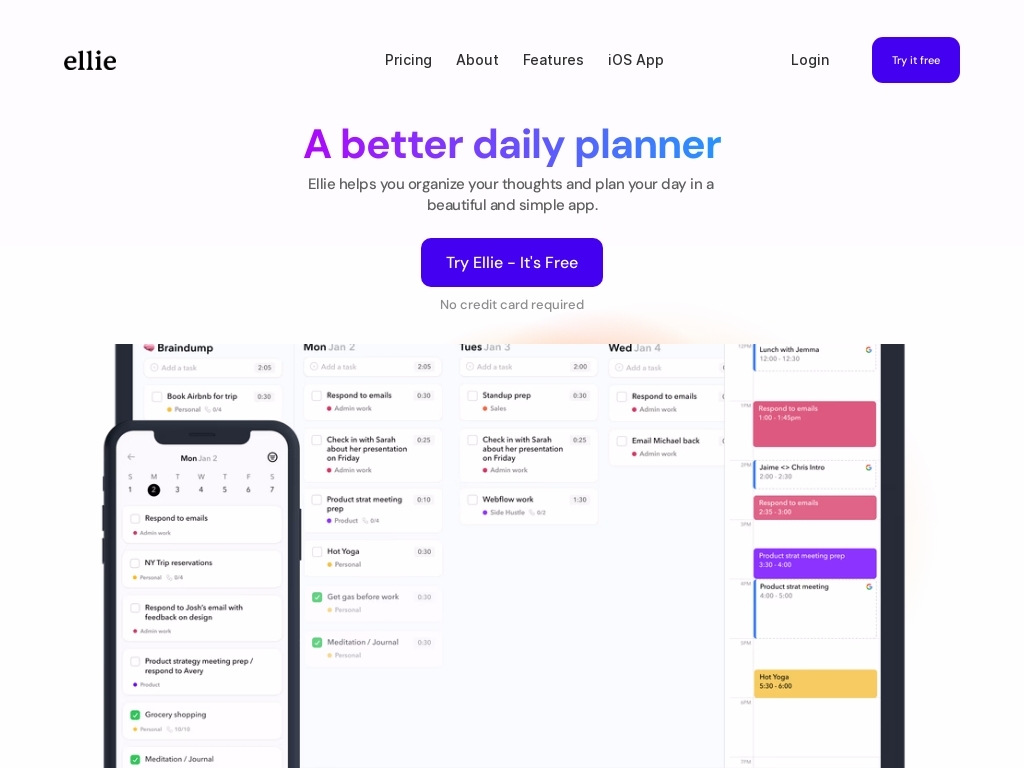
How did Chris come up with the idea for Ellie Planner?
Chris, the developer behind Ellie Planner, stumbled upon the need for this app from his own challenges in managing daily tasks. He frequently found himself juggling multiple assignments, and often important tasks slipped through the cracks. This personal pain point motivated him to create Ellie as a solution—essentially becoming a digital version of his brain to help organize his day efficiently.
Initially, Chris built Ellie as a fun weekend project to learn a new backend service without intending to release it widely. He was inspired by another planner app, Sansama, and wanted to recreate some of its elements to combine learning with practical application. As he shared his progress on Twitter, he unexpectedly received interest from others who found the concept intriguing and useful.
Encouraged by feedback from early users who genuinely valued the simple Kanban-based approach to task management, Chris decided to refine Ellie further. He iterated on the design, incorporated direct feedback, and gradually added features that resonated with the needs of both himself and his users. His ability to listen to genuine customer insights instead of generic compliments was crucial in shaping the app into a tool others truly wanted to use.
How did Chris Raroque build the initial version of Ellie Planner?
Chris Raroque, the founder and sole developer of Ellie Planner, built the initial product through a highly focused and intensive development process. Starting as a weekend project, Ellie was initially developed using Supabase for backend services to experiment with new technology. The minimal viable product (MVP) featured a basic Kanban board interface where users could organize tasks by dragging them across columns representing different days. Chris rapidly expanded the feature set within a month, spending up to 15 hours daily, by incorporating additional functionalities like labels, a sidebar for brain dumps, and basic time blocking.
The development involved a tech stack consisting of Firebase for scalable backend solutions, React for web and desktop interfaces, and Swift UI for iOS applications. Despite the complexity of building cross-platform apps as a solo developer, the process was streamlined by leveraging tools like Vercel for hosting and using PostHog for analytics tracking. Chris faced challenges such as overcoming bugs, primarily related to timezone issues, and iterating on user feedback to enhance the app's utility.
What were the initial startup costs for Ellie Planner?
- Servers: The costs for Firebase, which handles backend operations, are around $5 monthly. Vercel is used for hosting and its free plan is currently sufficient. Additionally, a $20 monthly server is used for backend endpoints.
How did Chris launch Ellie Planner and get initial traction?
Live Tweeting the Development
Chris initially got the word out about Ellie Planner by live-showing his development process on Twitter and YouTube. As he worked on building the app, he shared updates, ideas, and screenshots, giving his followers a real-time view of the progress being made. This helped spark interest among a small audience who were curious about the project.
Why it worked: By engaging with people on Twitter & YouTube and providing a transparent look at the development process, Chris was able to create a small, engaged community around Ellie Planner. This approach also helped him receive immediate feedback and fostered a sense of connection with potential users.
Personal Network and Feedback
Once Ellie Planner was up and running, Chris made a point to share it with his personal network, which included friends and colleagues. He also highlighted that Ellie helped him manage his own tasks more efficiently. This personal endorsement encouraged people close to him to try it out and share their honest feedback.
Why it worked: Sharing the app within his personal network allowed Chris to gather initial feedback without much pressure while providing an opportunity for others to spread the word within their circles. The personal touch and authentic use case were effective in demonstrating the app's utility.
App Store Presence
Chris prioritized getting an iOS version of Ellie Planner available in the App Store alongside the web app early in the launch. He recognized that having the app in the App Store would increase discoverability among iPhone users who search for productivity tools organically, providing a chance to gain new users without significant marketing efforts.
Why it worked: The App Store's organic search capability helped Ellie get discovered by users who were specifically looking for a planning tool. This strategy was instrumental in attracting users beyond his immediate network who had not come across the app through Twitter or word of mouth.
What was the growth strategy for Ellie Planner and how did they scale?
Chris leveraged Twitter as a primary channel for both sharing his development journey and engaging with potential users. He used the platform to live-tweet his development process, which organically attracted interest from followers who were curious about his projects. By sharing progress and updates consistently, he effectively built a community around his work and gathered initial user feedback. Although Ellie didn't go viral immediately, the genuine interest from his small Twitter following was enough to encourage ongoing development and refinement.
Why it worked: Sharing the development process on Twitter allowed Chris to build a relationship with his audience. This engagement created a sense of community and encouraged early adopters to try out his app. Many of his first users were drawn in by his transparency and enthusiasm for the project.
YouTube
Chris also used YouTube to document his journey and share insights about app development. By creating video content that detailed his process, he attracted viewers who were interested in productivity apps and solo app development. His YouTube channel became a platform not only for updates on the app but also for his personal branding as a developer and content creator.
Why it worked: YouTube is a powerful platform to engage visually with audiences. By sharing his process and insights on video, Chris could reach a broader audience and provide valuable content that resonated with aspiring developers and productivity enthusiasts, leading to an increase in awareness and interest in his app.
Organic App Store Presence
After his initial web app, Chris prioritized developing an iOS version of Ellie, recognizing the potential of organic search within the App Store. This strategic move allowed him to tap into a new audience of iPhone users who discovered his app through searches related to productivity and planning tools.
Why it worked: By releasing an app on a dedicated platform like iOS, Chris could reach users who were specifically searching for productivity solutions. Organic visibility in the App Store is a strong driver of initial user acquisition without the need for paid advertising, especially if the app solves a common problem.
Referral and Feedback
Through conversations and feedback from his initial small user base, Chris learned which features needed improvement and what users valued. He actively sought feedback through email and by engaging with users, which informed future updates and improvements to the app.
Why it worked: Engaging directly with users not only improved the app but also built loyalty. A strong feedback loop helped Chris prioritize feature development and address user pain points, leading to a more refined and user-friendly product.
What's the pricing strategy for Ellie Planner?
Ellie Planner offers a free version with essential features, while the premium version starts at $9.9 per month.
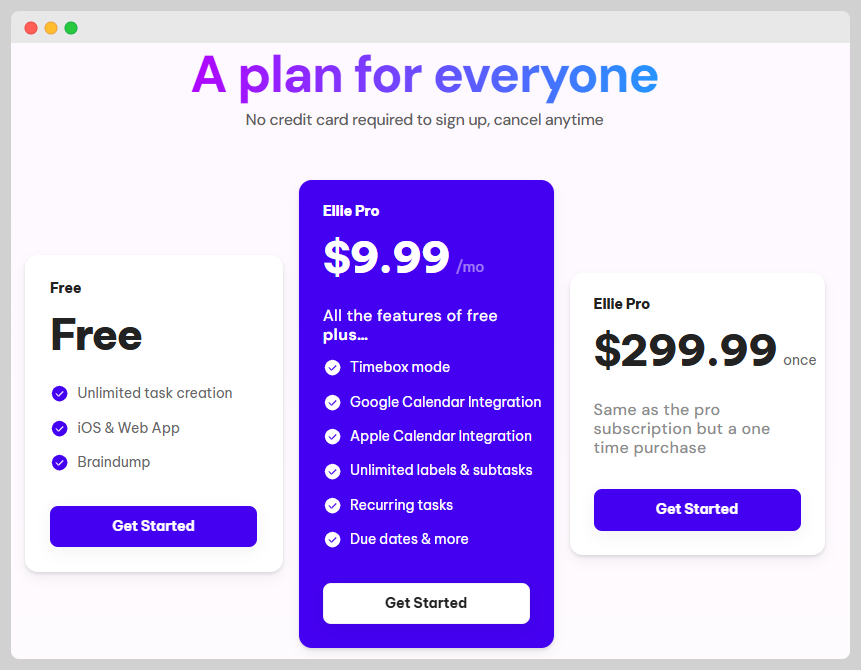
What were the biggest lessons learned from building Ellie Planner?
- Embrace Being Solo: Chris found that being transparent about being a solo developer led to more understanding and supportive users, contrary to initial fears of needing to appear as a larger company. This built trust and opened lines of direct feedback.
- Iterate Based on Feedback: Early feedback, even from just a few users, was pivotal in shaping Ellie's development. Chris actively listened to user requests, like calendar integrations and recurring tasks, which substantially improved retention rates.
- Use What You Know: Sticking with technologies like Firebase that Chris was familiar with allowed for rapid development and ensured he could focus on front-end experiences without backend worries. This highlights the importance of leveraging known tools for efficiency.
- Balance Work and Fun: Chris prioritizes projects that are enjoyable and serve his interests, which keeps the development process rewarding and sustainable without the pressure of scaling or monetizing rapidly. This approach maintains creativity and passion in his projects.
- Consistent Communication: Sharing progress through platforms like Twitter and YouTube helped Chris engage with his audience, gather feedback, and inspire other developers. Documenting the journey publicly promoted transparency and connected the community with his projects.
Discover Similar Business Ideas Like Ellie Planner
|
|
Idea
|
Revenue
|
|---|---|---|
|
Excelformulabot
|
AI tool turning text instructions into Excel formulas.
|
$23K
monthly
|
|
Outline Planner
|
iPad digital planner for organized productivity.
|
$3K
monthly
|
|
Session
|
Focus-enhancement app blocking digital distractions.
|
$8.33K
monthly
|
|
Parseur
|
Subscription service for automating email and document data extraction.
|
$40K
monthly
|
|
Gorilla ROI
|
Google Sheets add-on for Amazon sellers.
|
$23K
monthly
|
|
Leave Me Alone
|
"Tool to easily unsubscribe from unwanted emails."
|
$10K
monthly
|
|
The Word Counter
|
"Free online tool for word counting and writing aid."
|
$20K
monthly
|
More about Ellie Planner:
Who is the owner of Ellie Planner?
Chris Raroque is the founder of Ellie Planner.
When did Chris Raroque start Ellie Planner?
2021
What is Chris Raroque's net worth?
Chris Raroque's business makes an average of $/month.
How much money has Chris Raroque made from Ellie Planner?
Chris Raroque started the business in 2021, and currently makes an average of .
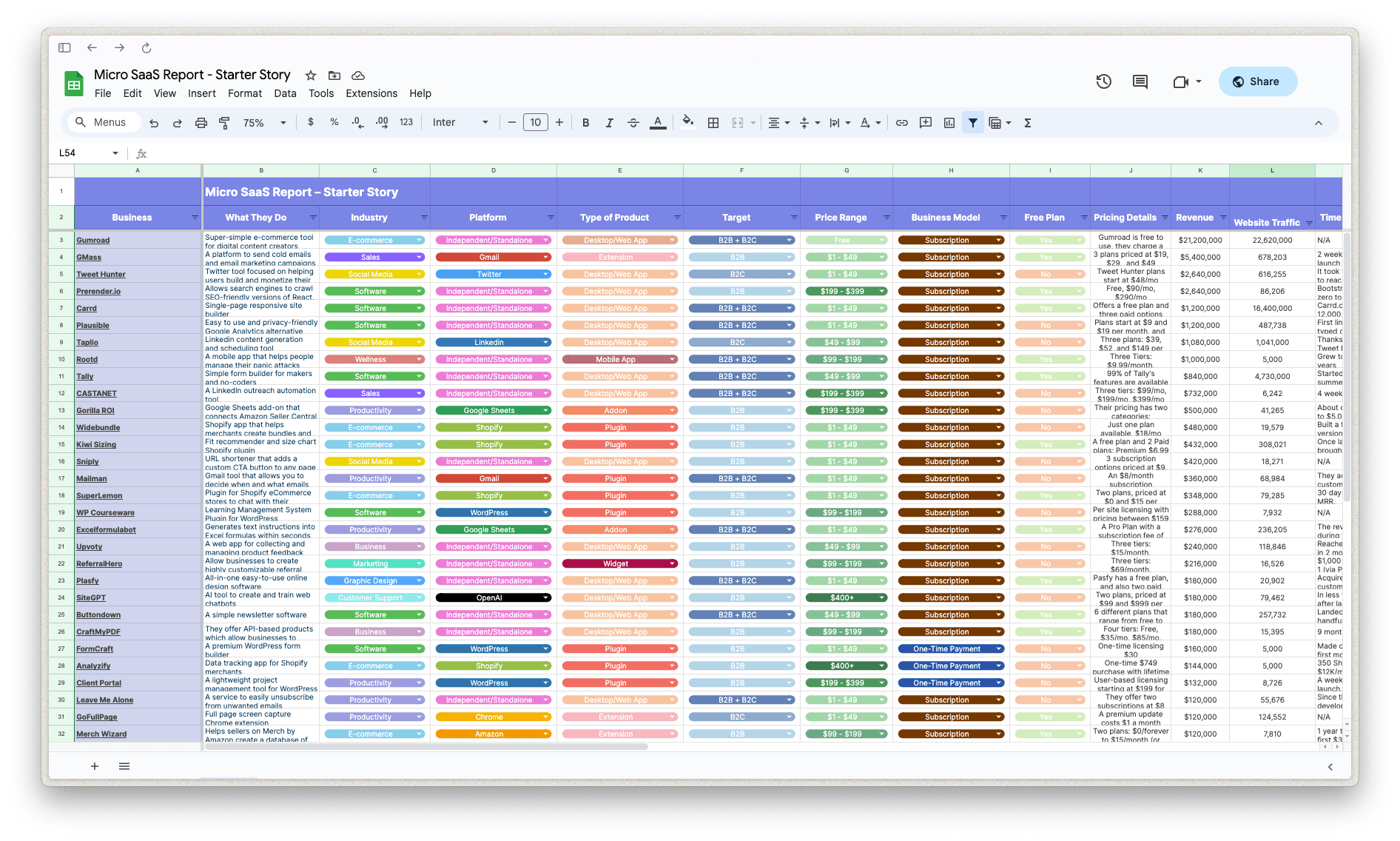
Download the report and join our email newsletter packed with business ideas and money-making opportunities, backed by real-life case studies.

Download the report and join our email newsletter packed with business ideas and money-making opportunities, backed by real-life case studies.

Download the report and join our email newsletter packed with business ideas and money-making opportunities, backed by real-life case studies.

Download the report and join our email newsletter packed with business ideas and money-making opportunities, backed by real-life case studies.

Download the report and join our email newsletter packed with business ideas and money-making opportunities, backed by real-life case studies.

Download the report and join our email newsletter packed with business ideas and money-making opportunities, backed by real-life case studies.

Download the report and join our email newsletter packed with business ideas and money-making opportunities, backed by real-life case studies.

Download the report and join our email newsletter packed with business ideas and money-making opportunities, backed by real-life case studies.
